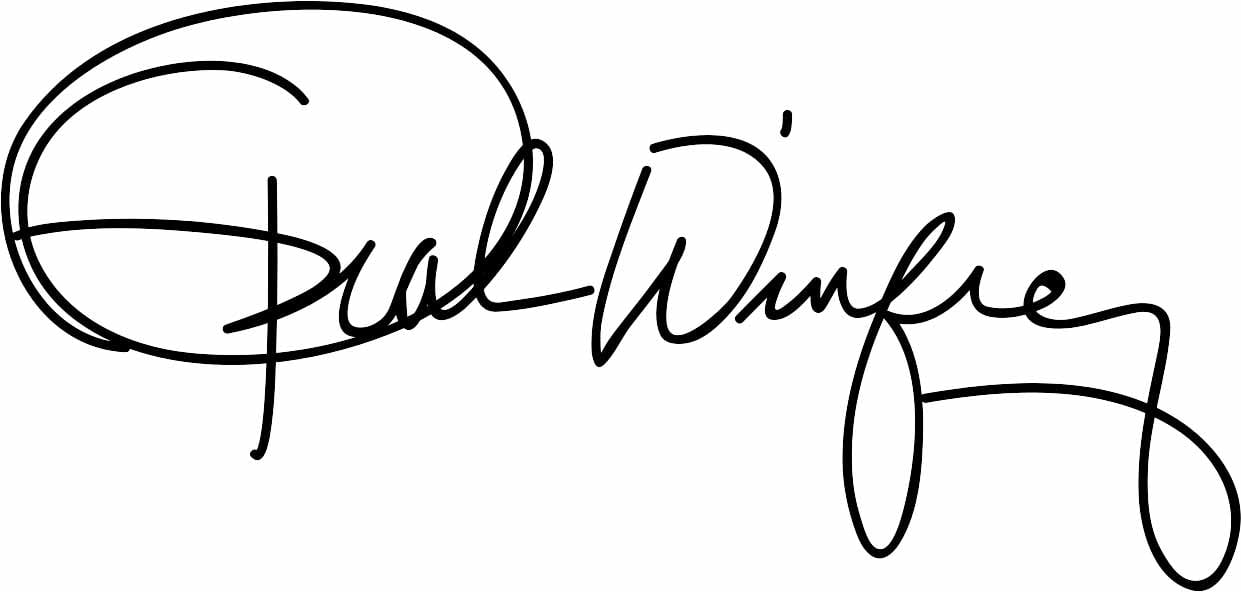The Sui and Tang dynasties marked a golden age in Chinese history, characterized by economic prosperity, cultural flourishing, and extensive foreign exchanges. Particularly in the Tang Dynasty, the open and inclusive social atmosphere led to an unprecedented diversification and luxurious refinement in clothing styles. Among these trends, Hu attire—influenced by the clothing of Western regions, the Turkic people, and the Sogdians—became a sweeping fashion craze, captivating both the imperial court and the common people.

I. The Transformation of Fashion in an Open and Flourishing Tang Dynasty
The Tang Dynasty absorbed a wealth of foreign cultures, creating a fashion landscape that was both inclusive and innovative. The Silk Road facilitated the influx of Hu-style elements, which quickly gained popularity among nobles and civilians alike.
1. Wide-Robed Elegance vs. Fitted Hu Attire
- In the early Tang Dynasty, traditional wide-sleeved robes (round-collar robes, long tunics) remained dominant for men, while women favored ruqun (blouses and skirts) and long shawls.
- However, during the reigns of Emperor Gaozong and Empress Wu Zetian, Hu attire gained widespread popularity. Noblewomen began embracing fitted ruqun, narrow-sleeved jackets, and leather belts, reflecting a significant departure from the conventional flowing garments.
2. The Influence of Turkic and Sogdian Styles
- With frequent interactions between the Tang Dynasty and the Western regions, narrow sleeves, high collars, and waist-fitted Hu attire became a fashion statement, particularly among aristocrats and military figures.
- Polo, a sport introduced from Persia, became widely played among the elite. Women began wearing riding attire, including tight-sleeved jackets, trousers, and boots, breaking away from the traditional female dress code that had previously required skirts.

II. The Prominence of Hu Attire in Tang Fashion
1. Women’s Fashion: From Flowing Elegance to Heroic Boldness
- High-Coiffed Hairstyles and Hu-Style Outfits: Tang women popularized high buns and shawls, paired with short tops, long skirts, and Hu hats, blending feminine grace with an air of confidence.
- Masculine-Inspired Attire for Women: Aristocratic women sometimes wore male-styled Hu attire, featuring tight-fitting jackets, wide belts, and riding boots, showcasing their independence and strength.

2. Men’s Fashion: The Fusion of Hu and Han Elements
- Round-Collar Robes with Leather Belts: Inspired by Hu attire, traditional round-collar robes became slimmer in fit, with men wearing layered belts (蹀躞带) for a structured, polished look.
- The Rise of Boots: Unlike the previous preference for cloth shoes or wooden sandals, leather boots became essential for Tang nobility and soldiers, emphasizing practicality and rugged elegance.
3. Vibrant Colors and Ornate Decorations
- Bold Color Combinations: Hu attire brought a newfound appreciation for vibrant hues such as red, gold, emerald green, deep blue, and purple, adding a striking visual impact.
- Exotic Jewelry: Under the influence of Sogdian and Persian aesthetics, aristocratic women began adorning themselves with coral, turquoise, amber, and intricate gold and silver ornaments, enhancing the splendor of their attire.
 III. The Social Impact of Hu Fashion Trends
III. The Social Impact of Hu Fashion Trends
1. The Imperial Court’s Embrace of Hu Attire
- During Empress Wu Zetian’s reign, Hu-style clothing fully integrated into the upper-class fashion scene. Court ladies, princesses, and concubines frequently wore narrow-sleeved jackets, layered skirts, and ornate belts, sometimes opting for male-styled riding outfits when traveling.
- In Emperor Xuanzong’s era, Yang Guifei, one of the most famous beauties of the Tang Dynasty, particularly loved Hu attire. She even inspired a trend where court women performed the Hu Xuan Dance while dressed in exotic garments.
2. Hu Fashion Among Commoners
- Due to the practicality of riding-friendly Hu outfits, merchants, couriers, and even warriors adopted short tunics, pants, and boots for everyday use.
- The widespread popularity of Hu attire encouraged advancements in textile production, dyeing techniques, and embroidery, further boosting trade along the Silk Road.
IV. The Legacy and Influence of Hu Fashion
1. Lasting Impact on Later Chinese Fashion
- The influence of Tang Dynasty Hu fashion extended into later dynasties, inspiring fitted robes, pleated skirts, Mongolian robes, and high-waisted tunics seen in Song and Yuan attire.
- In today’s Hanfu revival movement, many Tang-style Hanfu designs still incorporate Hu-inspired elements, such as high-waisted skirts, round-collar robes, and decorative belts.
2. A Symbol of Cultural Openness
- The popularity of Hu attire was more than just a fashion statement—it was a testament to the Tang Dynasty’s inclusive and cosmopolitan culture. It reflected China’s willingness to embrace foreign influences while integrating them into its own rich traditions.

The rise of Hu attire in the Tang Dynasty was not merely a passing trend but a reflection of a thriving and open society. It broke conventional fashion boundaries, introduced bold new styles, and created a fusion of cultures that defined one of China’s most glorious eras. Even today, the echoes of Tang Dynasty fashion can be seen in modern Hanfu designs, allowing us to relive the grandeur and elegance of the past.

_来自小红书网页版.jpg)



 III. The Social Impact of Hu Fashion Trends
III. The Social Impact of Hu Fashion Trends
